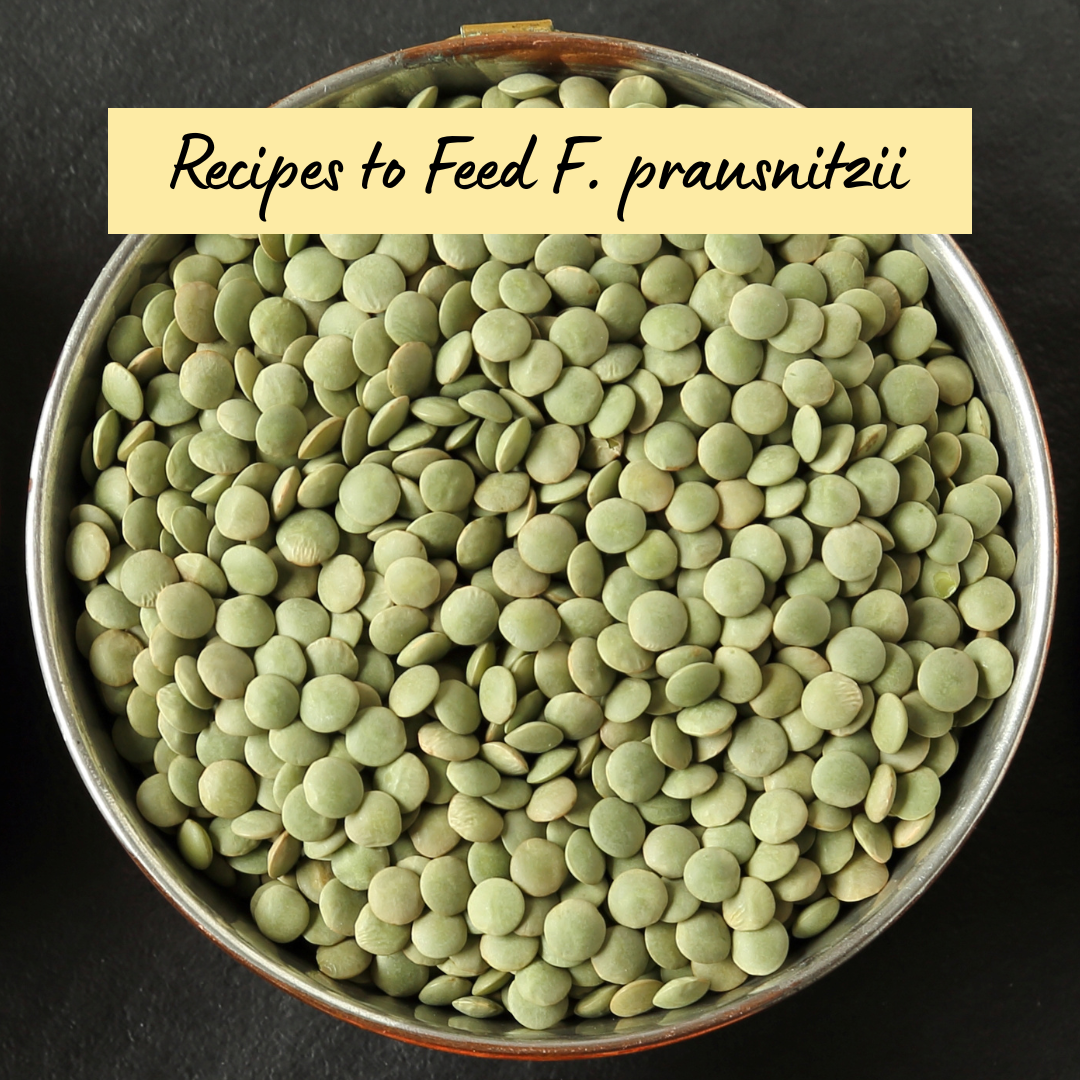One of the most critical but often overlooked bacteria living in your gut is Faecalibacterium prausnitzii (F. prausnitzii), a key producer of butyrate—a short-chain fatty acid (SCFA) that helps reduce inflammation and maintain gut barrier integrity. Low levels of F. prausnitzii have been linked to conditions like Crohn’s disease, ulcerative colitis, and metabolic disorders (Source). Even if you don’t have any of those conditions, reducing inflammation and maintaining gut barrier integrity can go a long way. Since F. prausnitzii is an anaerobic bacterium (meaning it doesn’t thrive in oxygen-rich environments), it’s not available as a probiotic supplement. However, you can nourish it with the right foods—specifically, those high in resistant starch, dietary fiber, and polyphenols! Below, we’ll explore the science behind this beneficial microbe and share recipes designed to help it thrive!
Why is Faecalibacterium prausnitzii Important?
- Produces Butyrate: Butyrate is essential for colon health, providing energy to colonocytes and reducing gut inflammation (Source).
- Supports Immune Function: F. prausnitzii has anti-inflammatory properties and can suppress immune responses associated with IBD (Source).
- Improves Gut Barrier Integrity: A healthy gut barrier prevents toxins and pathogens from entering the bloodstream, reducing the risk of systemic (Source).
Recipes to Support Faecalibacterium prausnitzii
1. Banana Smoothie Bowl
Resistant starch acts as a prebiotic to feed butyrate-producing bacteria like F. prausnitzii (Source). Slightly unripe bananas are excellent sources of resistant starch.
Ingredients:
- 1 green banana (peeled and sliced)
- 1/2 cup kefir or unsweetened yogurt (for probiotics)
- 1 tablespoon flaxseeds (for fiber)
- 1/2 cup frozen berries (for polyphenols)
- 1/2 cup almond milk
- 1 teaspoon honey (optional)
Instructions:
- Blend all ingredients until smooth.
- Pour into a bowl and top with extra flaxseeds and chopped nuts.
- Enjoy as a gut-friendly breakfast or snack.
2. Oat-Based Prebiotic Pancakes
Oats contain beta-glucans and resistant starch that promote F. prausnitzii growth (Source).
Ingredients:
- 1 cup rolled oats
- 1 ripe banana
- 1/2 cup almond milk
- 1 teaspoon cinnamon (for anti-inflammatory benefits)
- 1 teaspoon baking powder
- 1 egg or flax egg (for binding)
- 1 teaspoon vanilla extract
Instructions:
- Blend all ingredients until smooth.
- Heat a skillet over medium heat and lightly grease it.
- Pour batter onto the skillet and cook for 2-3 minutes per side.
- Serve with a drizzle of honey and fresh berries.
3. Lentil and Root Vegetable Soup
Lentils and root vegetables, such as carrots and onions, are rich in fiber and resistant starch, which fuels gut-friendly bacteria (Source).
Ingredients:
- 1 cup green or brown lentils
- 1 carrot, chopped
- 1 onion, diced
- 2 cloves garlic, minced (contains prebiotic inulin)
- 4 cups vegetable broth
- 1 teaspoon turmeric (for anti-inflammatory benefits)
- 1 teaspoon olive oil
- Salt and pepper to taste
Instructions:
- In a pot, heat olive oil and sauté onions, garlic, and carrots until softened.
- Add lentils, turmeric, and vegetable broth. Bring to a boil, then simmer for 30 minutes.
- Season with salt and pepper before serving.
- Enjoy a warm, gut-nourishing meal.
Final Thoughts
Supporting Faecalibacterium prausnitzii is crucial for maintaining a healthy gut and reducing inflammation. Since it can’t be supplemented directly, the best way to encourage its growth is to incorporate resistant starch, fiber, and polyphenol-rich foods into your diet. These easy, delicious recipes fuel F. prausnitzii and help you maintain a thriving gut microbiome.
If you’re looking to optimize your gut health further, consider trying IgY Max or speaking with a healthcare professional for personalized recommendations.
Would you like to see more recipes like this? Let us know in the comments!




